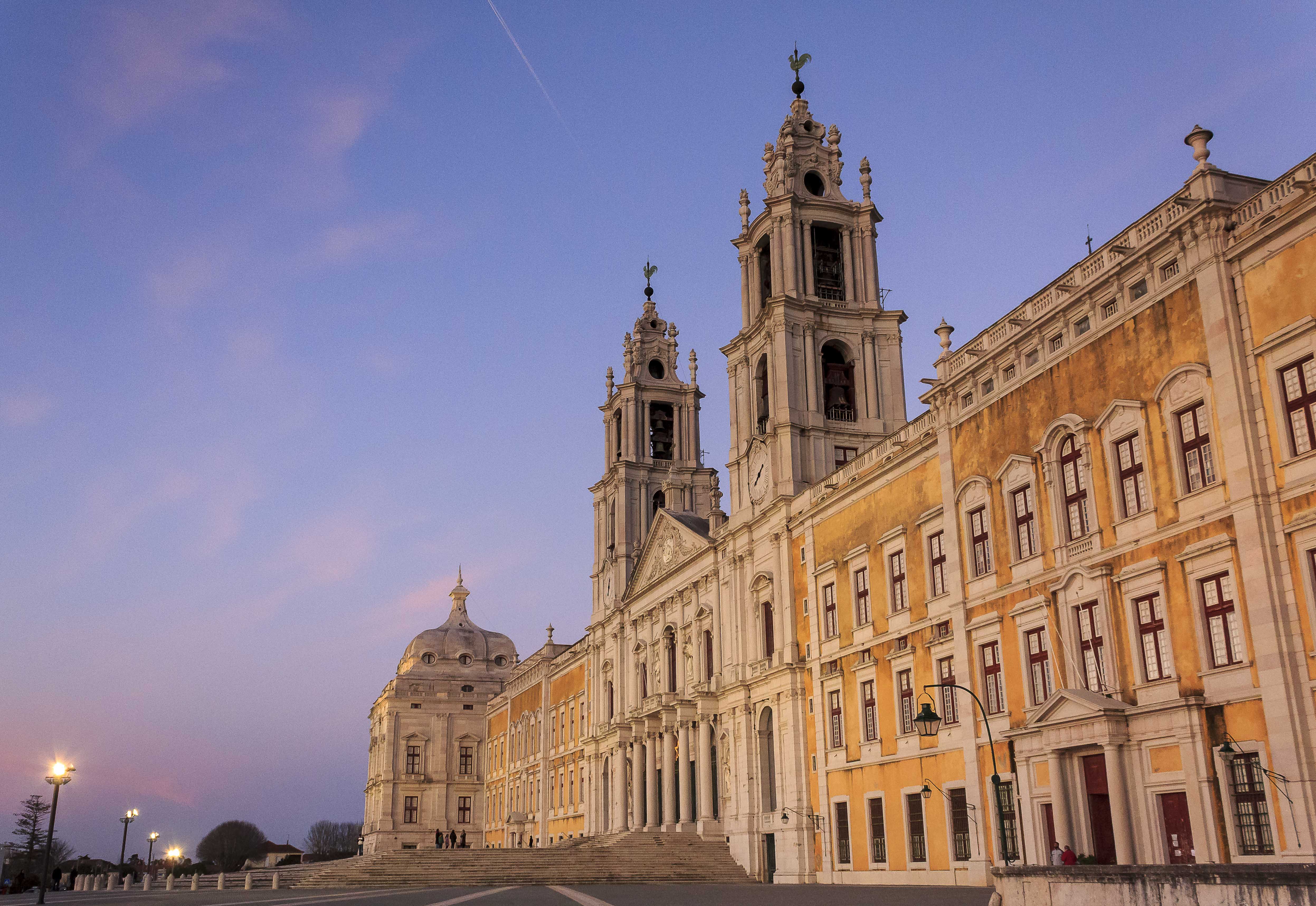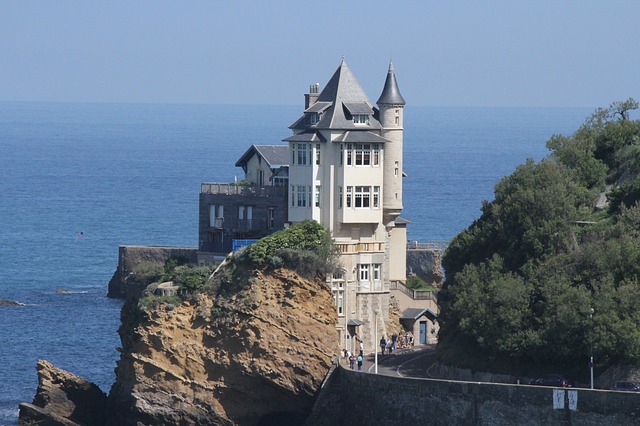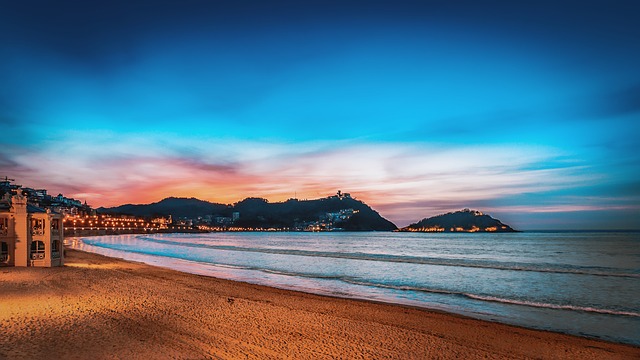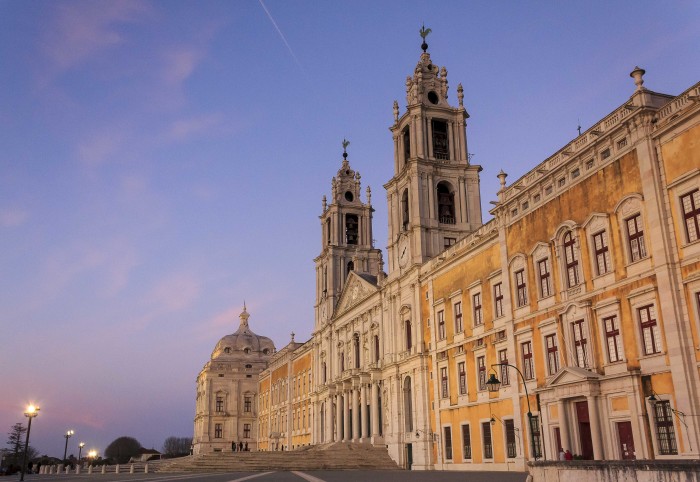
The Golden Age of Europe’s royal houses may be long over, but the Old-World resorts where the continent’s aristocracy holidayed still cling to a fin de siècle grandeur. A new report from the editors at Internationalliving.com/au point to three spots where urban luxuries can still be enjoyed as fine as the enticing, sandy beaches and sophisticated culture.
Biarritz, France

Biarritz, on the southwest French coast, has attracted European royalty and jet-setters ever since Napoleon III and his Spanish-born empress, Eugénie, built a palace there in 1854. Other European royalty soon came to visit, as did jet-setting tycoons.
Biarritz is France’s chic beach playground on the Bay of Biscay, on the Atlantic coast near the border with Spain. The town itself is a mix of Belle Époque and art deco architecture, a legacy of its long-time status as holiday hot-spot for France’s rich and famous.
On average, Biarritz gets around 170 days of sunshine annually. Spring rainfall is still plentiful, but summers are more likely to be warm and dry and sunny days are usual throughout the autumn.
The seaside resort was made famous by the Empress Eugenie, who attracted fashionable clientele to the resort. Queen Victoria and Edward VII, among others, slept in Eugenie’s villa, now the Hôtel du Palais.
Napoleon’s palace was converted into the luxury Hôtel du Palais and today you can make yourself at home there. Stroll the seaside boardwalk that follows the curve of La Grande Plage, Biarritz’s largest beach or curl your toes in its golden sand. The town’s many outdoor cafés are the perfect place for an après-beach drink.
San Sebastián, Spain

Head south just 38 kilometres, across the border into Spain to San Sebastián. Taking a leaf from Eugénie’s book, Spain’s Queen Isabella began summering here soon after Biarritz became popular.
The Spanish nobility followed suit and built lavish summer homes here.
This jewel of the Spanish Basque Country has been a famed resort since the mid-1800s. Known as “Donostia” in Basque, San Sebastián boasts what is arguably one of the world’s most beautiful urban beachfronts. Here golden-sand beaches like Playa de la Concha, with its long promenade, deliver a feast for the eyes.
From the seaside promenade, or paseo marítimo, the beach opens out in a perfect crescent-moon curve to embrace the blue Atlantic. Scattered sail boats, moored about 30 metres out from shore, bob gently in the current. West of the beach, rolling green hills tumble to the sea. To the east lies verdant Monte Urgull, ringed by a stone sea wall and weather-beaten buildings. In the centre of the bay, the green island of Santa Clara.
Equally beautiful is the city itself. Today San Sebastián is a delight, with frothy Belle Époque buildings, enticing outdoor cafés and upscale boutiques.
But at least as famous is San Sebastián’s food. Half of Spain’s three-star Michelin restaurants are to be found in this city, the high temple of Basque cuisine. A round of tapas in its many bars, either before or after the beach, is not to be missed.
Mafra, Portugal

In Mafra, among streets planted with yellow and purple pansies, pink and white camellias and bright red geraniums, walk in the footsteps of royalty.
The cozy town of Mafra is located 33 kilometres northwest of Lisbon and 15 minutes from world-class surfing beaches in Ericeira, Portugal. It is a low-key place of white-washed houses trimmed in yellow and blue, lining narrow cobbled streets.
King João V vowed to build a small convent in Mafra if his wife, Maria Ana of Austria, gave him a child. Construction began after the birth of their first daughter in 1717. The convent would eventually hold more than 300 friars. The basilica, modelled after St. Peter’s in Rome, was fitted with six pipe organs and a palace of 1,200 rooms was built. The magnificent O Convento, as it’s referred to, is the heart of Mafra. The palace is a must for history buffs; its artefacts include over 30,000 leather-bound books in the library. Entrance is free on the first Sunday of each month.
Next to the palace, the Jardim do Cerco—expansive park grounds once strolled by members of the Portuguese court—is home to a bird sanctuary, fountain, playground and the Festival do Pão. The name means “Bread Festival,” but live entertainment, dancing and the sale of handicrafts and local wines makes this a major annual event each July.
Less than eight kilometres from town is the Tapada de Mafra. Established by King João V in 1747 on 3,000 acres, this forested area served as the royal hunting grounds for centuries. Today you can do an eight-kilometre run on all terrain or stroll (free or with a guide) through the Enchanted Forest. Through it all, owls and eagles can be seen, red and fallow deer, mongooses, wild boar and more.
Thirty minutes from Lisbon Airport by car, the town can also be reached by bus from Lisbon.
More information on overseas havens can be found, here: InternationalLiving.com/au
This article was originally published on InternationalLiving.com/au
{ 1 comment… read it below or add one }
Shama desert camp is the most luxurious desert camp at Jaisalmer to stay in 2022, Book your stay in desert camp at an affordable price.